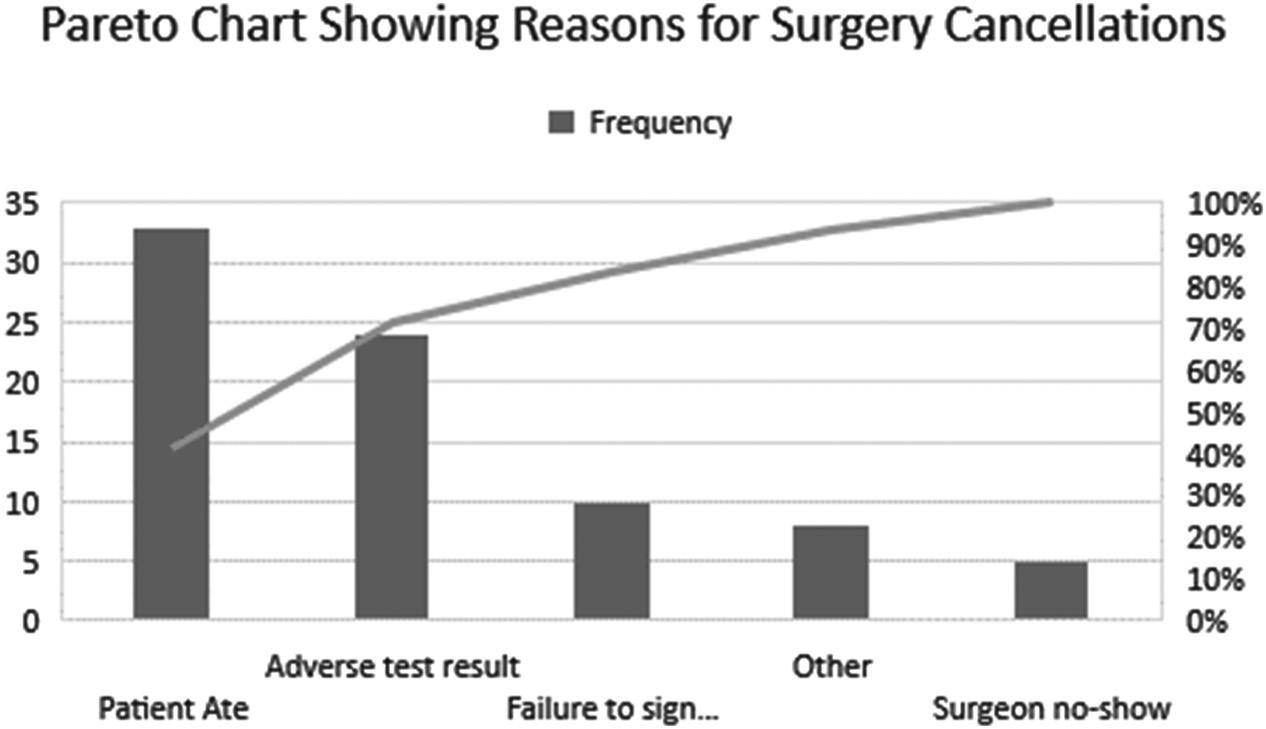80 ◾ Healthcare Value Proposition
Consider the following examples and what they may tell you about an organization’s attention to details: ◾◾ Getting the details of a patient’s discharge order wrong ◾◾ A mislabeled specimen ◾◾ A coffee stain on a nurse’s uniform or evidence of a blood stain on hospital sheets ◾◾ A typo on an organization’s website ◾◾ A grammatical error in an organization’s brochure, flyer, or posted notice ◾◾ A light out on a button of a hospital elevator ◾◾ Running out of toilet paper in a patient’s restroom ◾◾ A dusty artificial plant in the waiting lounge of a doctor’s office ◾◾ Clocks not adjusted to reflect daylight savings time or a clock with dead battery in the hallway ◾◾ Slow drainage in a patient’s bathroom, sink, or shower tub ◾◾ A garbage can in a patient waiting area that is so full, it cannot take any more garbage, with spillover from excess garbage displayed at the foot of the garbage can ◾◾ Restroom or bathroom with no soap in the soap dispenser or no toilet paper in the toilet paper holder We have all encountered these seemingly minor inadequacies. A lack of attention to detail chips away at an organization’s “benefit of the doubt capital” over time. Eventually, the accumulation of these experiences erodes customer goodwill. When your organization no longer has “benefit of the doubt capital” from the client or customer, the customer may not be willing to defend your imperfections.
Culture of Attention to Detail Attention to detail (ATD) is manifested through the individual actions of people—the clinical and non-clinical staff of healthcare organizations. To create a culture of ATD, what becomes important is the collective patterns of beliefs and expectations shared by the staff regarding the patient experience and what ATD brings to that experience. We define a culture of ATD as consisting of the following characteristics: ◾◾ A work environment in which all tasks (small or big) are p erformed carefully, accurately, and in accordance with specific standards











